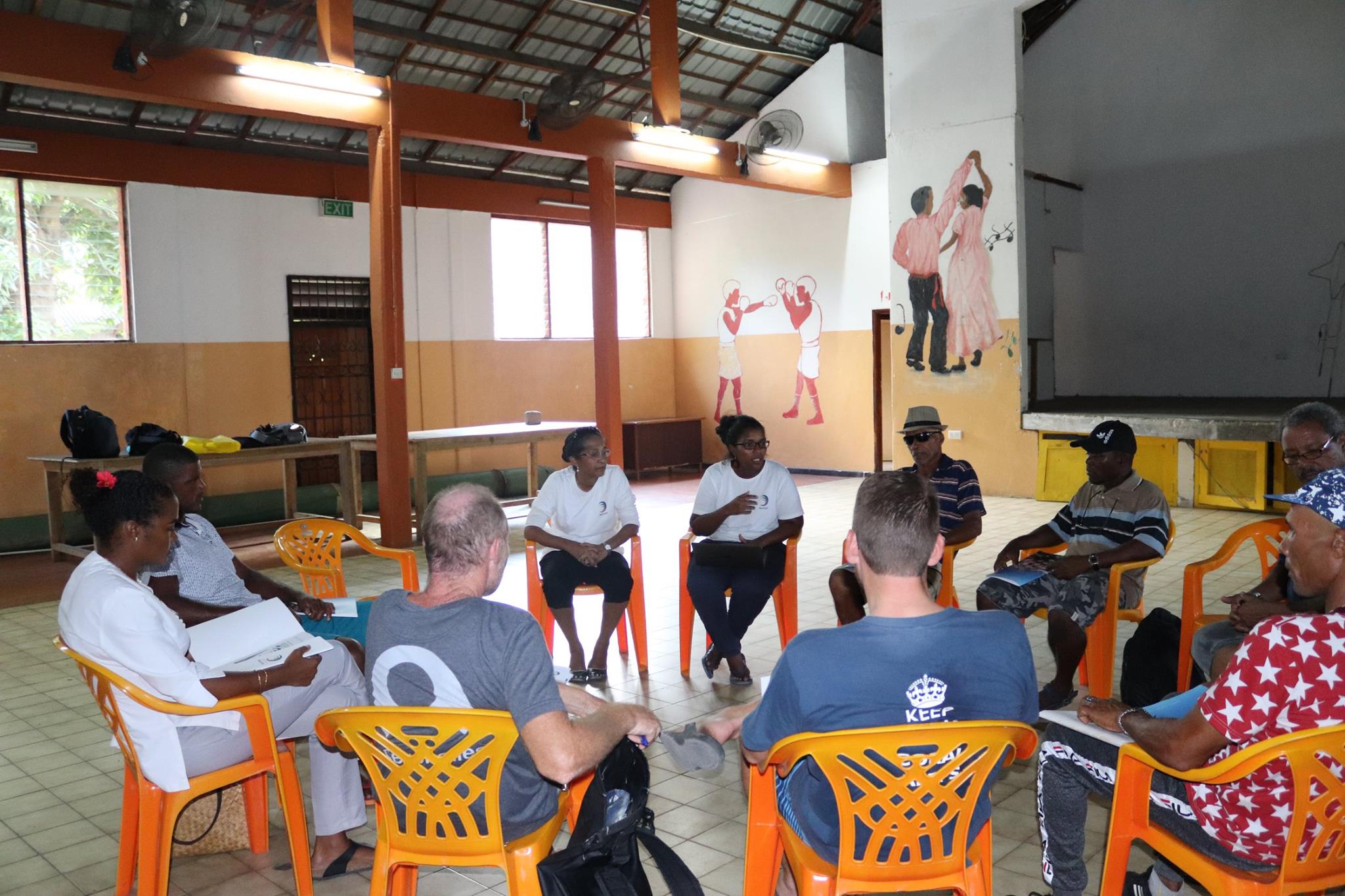Since 2014, IUCN has initiated the sea turtle conservation volunteer programme in partnership with Con Dao National Park, Hon Cau Marine Protected Area and Nui Chua National Park.
The programme has been gathering lots of interest from people who come from all fields of work. For 7 years, IUCN has received almost 10,000 applicants and only be able to select less than 5% of these due to the special requirements of the selected sites and specific field activities. The programme received positive results and feedback from volunteers.
To date, 24 courses were organized in Con Dao that participated by 314 volunteers. The volunteers had contributed more than 3,000 person-days to support translocating almost 2,300 nests of 300,000 turtle eggs, released more than 110,000 baby turtles to the sea. They also work with park rangers to prepare breeding grounds, repaired hatcheries, patrolling and clean the beaches.
Not only supplementing the human resource for conservation action, the volunteers programme has help raising public awareness on sea turtle as well as marine life conservation as a whole. There were hundred media stories prepared by the volunteers in last 6 years that help changing public attitude on sea-turtle conservation.
New public attitude toward biodiversity conservation
New wave of volutarism in Vietnam since beginning of 2000s
Protected Area policies are now more open to receive the supports from a wider range of actors
Volunteer participation is one of the important factors contributing to the success of the Con Dao Sea Turtle Program.
Appear in Vietnam from early 2000s, volunteer activities quickly became movements that attracted a large number of youth participation. Most of these activities focus on charity, rescue, and relief programs, etc. With a good orientation, volunteers can participate and make meaningful contributions to biodiversity conservation. This is an effective channel to mobilize both resources and advocacy for conservation.
